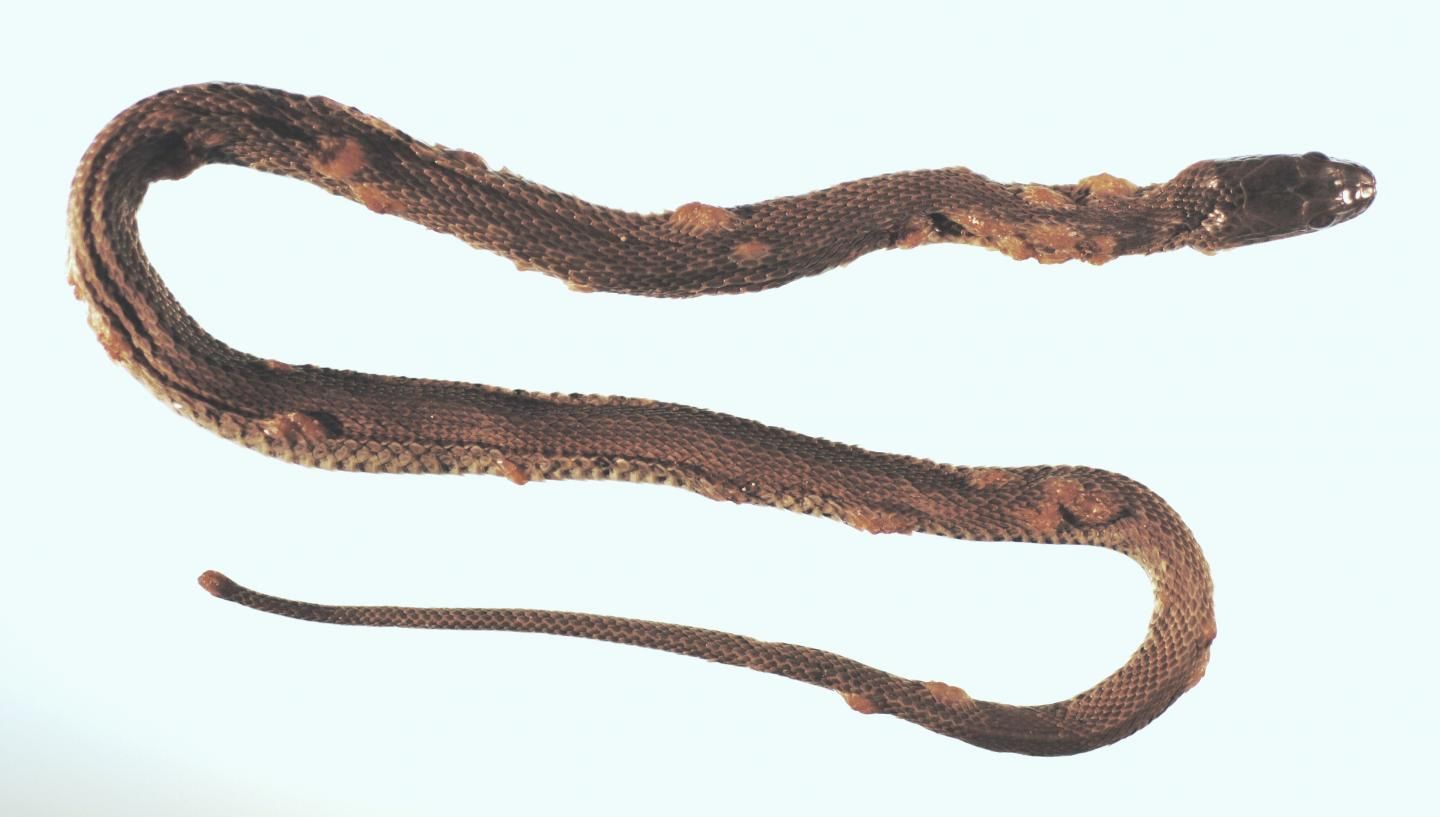
Update |
Snake fungal disease, caused by a pathogenic fungus that grows on a variety of snakes, is spreading through several species in the U.S. and Europe and could become a global threat, experts warn. Twenty-three species have been sickened to date. As of now, no snakes appear immune to the disease, raising the very real prospect of a global infection.
"This really is the worst-case scenario," Frank Burbrink, lead author of a new study documenting the disease, said in a statement. "All snakes could become infected, or already are infected."
To study the parasitic fungus, known as Ophidiomyces ophidiodiicola, researchers fed information about species of snakes known to be affected by this disease into a neural network. Ideally, the neural network would take the information about the snakes, separate and compare their different characteristics, and isolate the factors that the snakes had in common to help them determine what might cause the infection.
The network analyzed different traits of the snakes, including their taxonomy, their ecosystem, and the way that they lived. The study population included swimming snakes, burrowing snakes, land snakes, and primarily tree-dwelling snakes from different evolutionary groups around the world.
However, the neural network couldn't come up with a specific factor. "Then we figured it out," Burbrink, associate curator with the department of herpetology at the American Museum of Natural History, told Newsweek. "All of these snakes are susceptible to having it."
"When we looked at it we said, ok, this is kind of scary because all the snakes that have this disease are extremely different," he said. "They're so different ecologically and evolutionarily that we think any snake could get it."
The researchers published their study in the journal Science Advances.
BBC reported that this strange fungal disease was discovered in 2006 and killed half the population of timber rattlesnakes. The fungus can kill snakes by breaking off and leaving injuries prone to infection, or affecting their mouth, nose, or eyes and making it hard for them to see, breathe or eat.
Snake fungal disease can clear up when the snake sheds its skin. But many animals die from it, either as a result of the infection itself or because behavior exhibited when the snakes are fighting the illness make them vulnerable to other forms of death. For example, infected snakes appear to bask in the sun for longer periods of time when their skin molts, exposing them to predators.
The researchers still have no idea why this fungus targets only snakes and not lizards. And although the fungus can spread from one snake to another, whether people or other animals can carry the disease and spread it around is still unclear. The disease could even lie dormant in environments before infecting a snake.
The fungus has been documented in Europe and the eastern half of the U.S. In addition, a wide variety of international snakes can get it in lab environments (although Burbrink notes that lab conditions are different than the wild.)
But Burbrink fears that all 98 groups of snakes in the United States could get this disease, and snakes in any part of the world could die if it gets transmitted there. "It's sort of a call to arms, for people to start taking this seriously," Burbrink said. "Now we know how bad it is."
This article has been updated with information about how the disease affects snakes.
Uncommon Knowledge
Newsweek is committed to challenging conventional wisdom and finding connections in the search for common ground.
Newsweek is committed to challenging conventional wisdom and finding connections in the search for common ground.
About the writer
Kristin is a science journalist in New York who has lived in DC, Boston, LA, and the SF Bay Area. ... Read more
To read how Newsweek uses AI as a newsroom tool, Click here.








